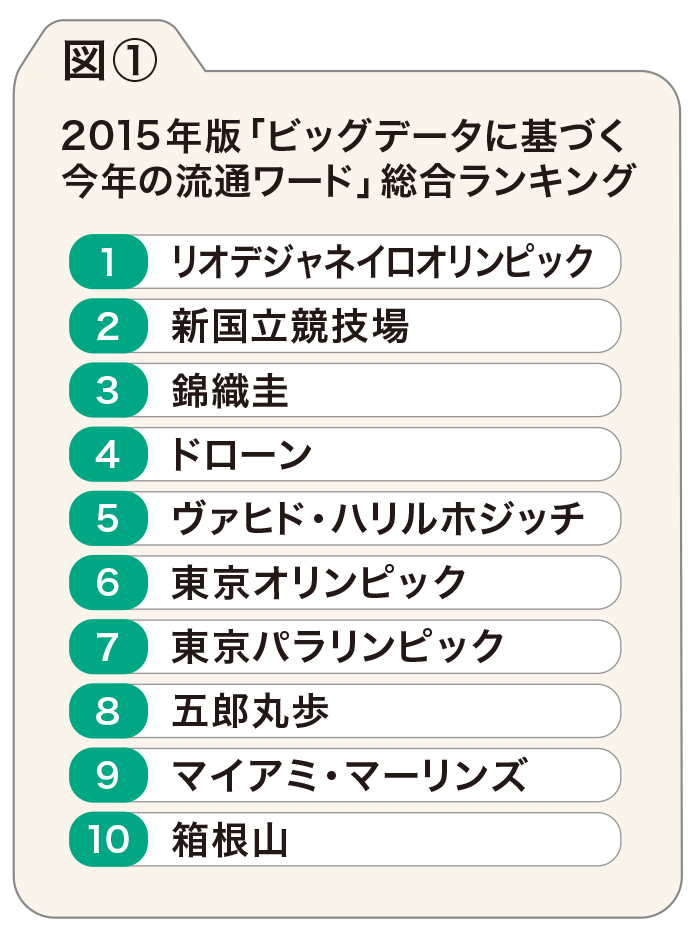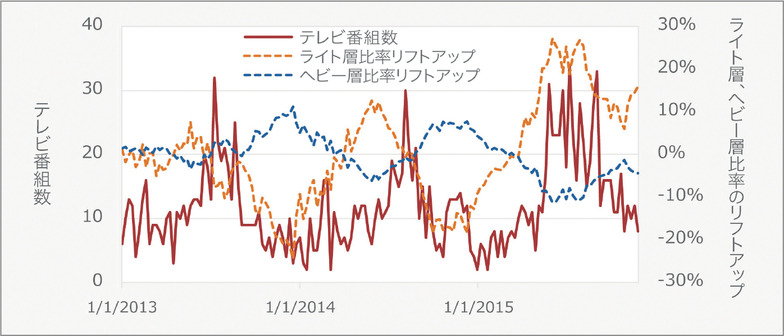Note: This website was automatically translated, so some terms or nuances may not be completely accurate.
"Big Data × Artificial Intelligence" ~ The Challenge of Quantifying the Atmosphere of Society and Creating New Demand ~ Part 1
Was this article helpful?
Newsletter registration is here
We select and publish important news every day
For inquiries about this article
Author

Yamamoto Satoru
Dentsu Digital Inc.
Chief AI Officer (CAIO) and Executive Officer / Chief AI Master at dentsu Japan
Studied artificial intelligence (AI) under Professor Yutaka Matsuo at the University of Tokyo. Founded Data Artist Inc. in 2013, which merged with and joined Dentsu Digital Inc. in 2023. Utilizes AI and big data to provide numerous digital marketing services, including automated ad generation, ad effectiveness prediction, CRO, and SEO. Frequently appears on media outlets such as TV programs and speaks at seminars for companies and universities. Major publications include "How to Create Selling Logic" (Sendenkaigi) and "AI × Big Data Marketing" (Mynavi Publishing).

Hisashi Matsunaga
Dentsu Group Inc.
dentsu Japan Growth Officer
After joining Dentsu Inc., he worked on planning and consulting for client companies utilizing data, as well as developing Dentsu Inc.'s planning systems. He was involved in numerous new business development initiatives with media companies, retailers, and digital platform operators. From 2016, he worked at the Dentsu Data & Technology Center, responsible for formulating Dentsu Inc.'s data strategy and developing its data infrastructure. In 2023, he was appointed Growth Officer/Chief Data Officer at Dentsu Japan. He is responsible for formulating Dentsu Japan's data strategy, forming alliances with data holders and digital platform operators, and developing solutions and products leveraging data and technology (Ph.D. in Engineering).








